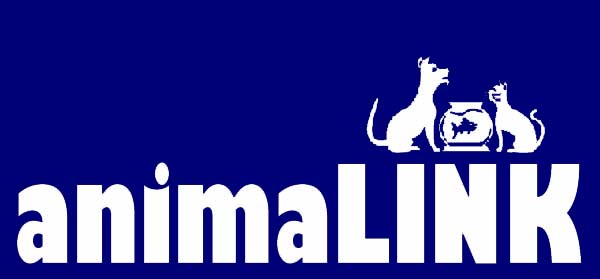 creating beneficial human-animal
interactions
creating beneficial human-animal
interactions
|
|
|
beneficial INTERACTIONSThe goal is beneficial human-animal interactions. Positive associations with animals can improve human health, enhance our ability to interact with others and provide motivation to accomplish tasks. For animal lovers, our animal friends add quality to our lives. In facilities, animals from fish and birds to dogs and rabbits can provide important "edenizing" effects for institutional environments. Animals help us feel more at home. They provide company and opportunities for nurturing. They can alleviate boredom and loneliness. Of course care must be taken when adding animals to home, health care, educational or residential environments. Successful human-animal interactions occur within a well thought-out structure of detailed policies and procedures that enhance the lives of the animals as well as the people involved! are you a PRACTITIONER?
Practitioners of beneficial human-animal interactions wear many hats - you'll find them in homes, professional offices, health care facilities, and schools - anywhere that a synergy between humans and animals is encouraged to reveal itself.
basic DEFINITIONSAnimal Assisted Activities and Animal Assisted Therapy utilize specially trained and nationally registered animals to decrease loneliness, improve quality of life, enhance learning, and provide motivation for achieving specific therapeutic goals. AAA and AAT are frequently used in hospitals, nursing homes, senior citizen centers, and schools. animal assisted ACTIVITIESAnimal Assisted Activities (AAA) utilize animals meeting specific criteria to provide participants with opportunities for recreational, emotional, motivational or social benefits (ref. Delta Society®). Activities generally include touching and petting the animal and socializing with the handler. Interactions may be conducted individually or in groups. Specific activities include: visiting; going for walks; grooming the animal; playing catch; and reminiscing about their own pets. Visit duration varies according to the individual’s interest in the animal. No documentation is made of the participants interactions. AAA seeks to decrease participants' loneliness. animal assisted THERAPYAnimal Assisted Therapy (AAT) is a goal directed intervention; it is designed to promote improvement in human physical, social, emotional or cognitive functioning (ref. Delta Society®). Handlers and their animals, who have met specific criteria, work alongside an appropriate health care professional to provide participants with opportunities to achieve specific therapeutic goals. Activities such as grooming the animal with a brush, throwing or kicking a ball to the animal, fastening a leash to a collar and taking the animal for a walk might be used. Simple interaction with the animal may also be used a s a reward for accomplishing a specific task. The participants' progress is documented by the health care professional. AAT seeks to increase participants' abilities. animal assisted EDUCATIONAnimal Assisted Education (AAE) is a specialized application of AAA or AAT directed at students and classroom interactions. "standards based" AAA & AATStandards based AAA and AAT are designed to maximize the benefits of human-animal interactions while minimizing the risks. Policies and Procedures detail program goals, client selection criteria, animal selection criteria and address infection control and risk management concerns. Standards based programs respect the abilities and limitations of both participants and animals.
|